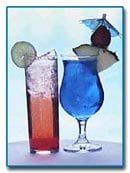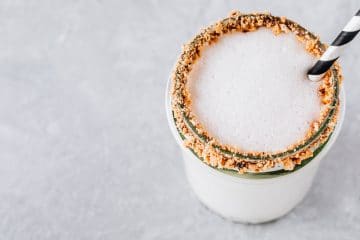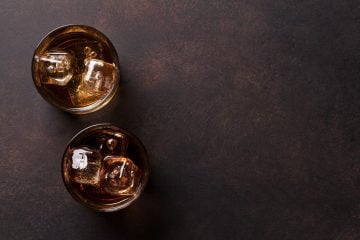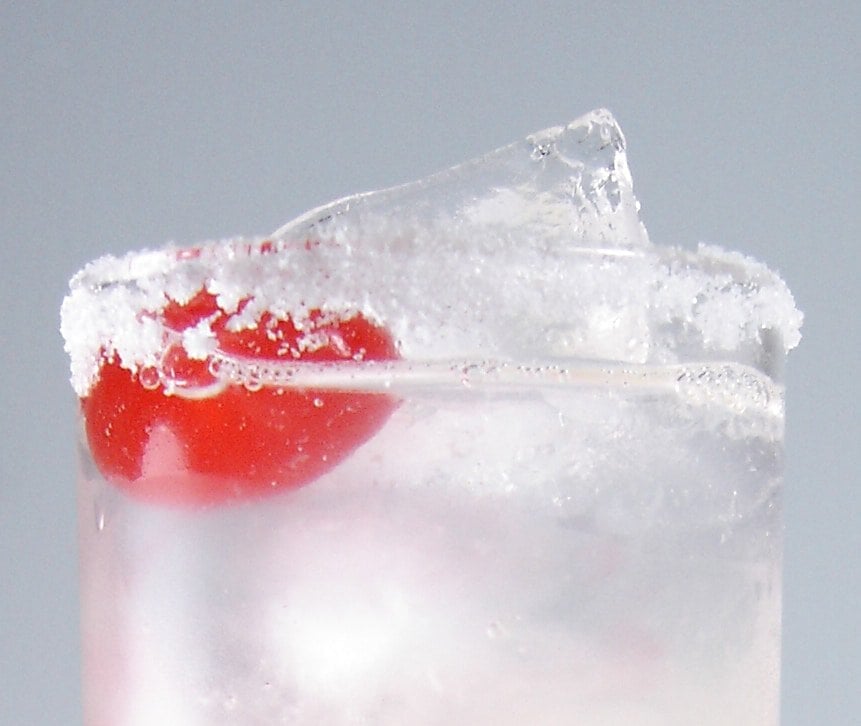 Being in the industry I get requests for many drinks, but rarely are they unique requests. Most of the time it is for a list of classic drinks that doesn’t seem to change. Why is this the case? Well, of course, I have an opinion and you may be surprised why a list of old and tired drinks rarely changes. Is it that these drinks are so good that there is no possible way that a new drink could taste better? Is it because people only care about getting alcohol and creativity doesn’t matter anymore? Or is it that the average brain size of a bartender only allows us to memorize a dozen or so drinks?
Being in the industry I get requests for many drinks, but rarely are they unique requests. Most of the time it is for a list of classic drinks that doesn’t seem to change. Why is this the case? Well, of course, I have an opinion and you may be surprised why a list of old and tired drinks rarely changes. Is it that these drinks are so good that there is no possible way that a new drink could taste better? Is it because people only care about getting alcohol and creativity doesn’t matter anymore? Or is it that the average brain size of a bartender only allows us to memorize a dozen or so drinks?
First, to qualify for the list, the average bar should be able to make the drink, without any special equipment, like a slushy machine. Also, this list doesn’t include any of the house “specialty” cocktails that can’t be ordered anywhere else. So the most common drinks, at least that I’ve served, are as follows:
Top 10 Cocktails
1. Caesar / Bloody Mary
2. Cosmopolitan
3. White Russian / Brown Cow
4. Dry Vodka Martini
5. Singapore Sling
6. Margarita
7. Manhattan
8. Long Island Ice Tea
9. Blue Lagoon
10. Pina Colada
Honourable Mention: Sex on the Beach / Killer Koolaid
For the most part, a Brown Cow and White Russian are almost the same drink, the only difference is the strength of the drink, with a White Russian having a little more kick due to the alcohol (vodka) content.
There shouldn’t be anything on this list that surprises anyone. This list is quite boring and at a moments notice, and without any brain power, I could whip up one of these drinks. There are some other drinks that periodically enter the list, like the Mojito or whatever drink was on the latest episode of Sex in the City. So what is the problem? Why has this list of cocktails reined supreme for so long and what will it take to dethrone the royal family of cocktails?
The main problem is bartenders and bar owners. For a long time style counted more than taste. We can collectively blame Tom Cruise and the movie Cocktail for that. Flair bartending is great entertainment, and there is no doubt that it can fill a bar and get people excited and smiling. But it can be a time killer, and behind the bar, we need to get drinks out and fast. Otherwise we’d be unemployed. The volume of drinks sold can generally increase the tip pool and the owner’s profits. So more drinks mean more money. There are bartenders, like myself, who can generate the same amount in tips, by selling half the drinks. This is called customer service, but you need the proper attitude (i.e. no ego, just confidence) and you must be willing to listen to your guest. More on this in a future post.
So any bartender who wants to entertain will generally cut back on the types of drinks they make. They’ll throw out the muddled drinks, the blended drinks and anything with too many components. That way they can serve more drinks and get more tips. Ask for a Mojito in a busy nightclub style bar, and you’ll most likely get rum, club soda and a spoon of granulated sugar at the bottom of the glass. In some places, if the bartender cares, they’ll say that they don’t have time and come back when it isn’t so busy.
The other issue is the quality of the drink. Many bartenders don’t have a sense of taste, nor do they care about how a drink tastes. To some, being a bartender means going out to the bar to party, but just standing on the other side of the wood. It is not perceived as art or career, like being a chef. It is usually thought of as a job to get you through school.
To become a bartender you can walk in off the street and start making drinks. Even in fine dining establishments, the appearance of the bartender means more than their capabilities. No reputable restaurant will hire a “nobody” to work in their kitchen. And if they do, they usually start in the dish pit and slowly move up through the ranks to prep or line cook. There are no qualifications needed to be a bartender.
Once behind the bar, these newly minted bartenders start generating cocktails. When a customer sits down at the bar and starts feeling brave, they may try to order something different. This newly minted bartender doesn’t have a clue, but instead of looking in a book, (time killer) they just whip up something and serve it, usually a very strong, unbalanced thing in a glass. After the first sip, the guest is mortified by the malevolent flavour and chokes it down. Fearful of this experience, the guest will take weeks to recover from the experience. Next time they will just order a simple cocktail that, even if made poorly, still won’t taste all that bad. How can you mess up a White Russian or a Blue Lagoon? It is impossible!
The other common experience is if a guest orders a creative cocktail, the bartender will look the customer straight in the eye, say "I don’t know what that is or how to make it, how about of Pina Colada?" Very few people are going to argue, so they relent and start sipping on a Pina Colada.
To make a long story short, the problem is that customers don’t have confidence in their bartenders. It seems every bartender makes their drinks different and doesn’t care what the drinks taste like. Ask a bartender what he truly thinks of a drink you order, and you’ll probably get an “I dunno?” or a canned answer designed to part you from your money. There is also downward pressure from the bar owners to sell more drinks, which increase profits, so the bartenders have less time to be creative. To be fast, the bartenders just makes the tried and true top 10 cocktails, they don’t taste bad, but they rarely taste great. The status quo will rule until bartenders become better trained and the same quality standard applied to the kitchen applies to the bar.




